Endless Summer® Pop Star® Reblooming Hydrangea
Cover image courtesy of Bailey Nurseries
A small, compact and easy to grow bigleaf hydrangea - perfect for front yards!
The Endless Summer® Pop Star® Reblooming Hydrangea (Hydrangea macrophylla ‘Bailmacsix’) is a cultivated variety of the bigleaf hydrangea, a deciduous shrub from Asia belonging to the Hydrangeaceae family.
Pop Star® is part of the Endless Summer® collection of reblooming hydrangeas, and was introduced to the market in 2023 after years of trialing and review.
It stands apart for its easy upkeep, compact size, and consistency in producing repeat blooms, growing only 13-36 inches tall and wide.
It has the ability to bloom on both old and new wood, flowering repeatedly from late spring through fall despite extreme winter cold snaps and unpredictable spring freezes.
It’s a prolific bloomer, with showy flowers covering the entire plant from top to bottom and strong stems that prevent flopping. Flowers are either electric blue or bright pink, depending on the soil pH.
The intricate flat-topped blossoms are comprised of tiny fertile flowers surrounded by showy sterile florets. Bees, butterflies and other pollinators flock to these small fertile inner blooms.
Pop Star® is a moderately fast-growing hydrangea, adding 13 - 24 inches of growth per year and maxing out at 36 inches tall in maturity.
The flowers of the Endless Summer® Pop Star® Reblooming Hydrangea can be pink or blue, depending on the soil pH. Image courtesy of Bailey Nurseries.
Pop Star® grows in zones 4-9 and prefers part shade and rich, well-draining soil.
Partial shade is important, as these hydrangeas can be sensitive to intense sun exposure, particularly in the afternoon. Morning sun and dappled afternoon light is ideal.
Deer will eat hydrangea flower buds and leaves, especially the tender young growth.
If you would like to grow a flowering shrub that deer tend to leave alone, try Ruby Spice summersweet clethra as a deer resistant alternative to the bigleaf hydrangea.
What is a Reblooming Hydrangea?
A reblooming hydrangea blooms on both old and new wood, giving it the ability to produce flowers repeatedly throughout the growing season.
The Pop Star® hydrangea produces its first flush of blooms from buds that were set in the previous year; subsequent flowers emerge later in the summer from buds that form on the current season’s growth.
Reblooming hydrangeas are also called remontant hydrangeas.
How to Plant and Grow Pop Star® Reblooming Hydrangea
Planting: The best time of year to plant a Pop Star® hydrangea is in the spring or fall, giving the roots time to establish before the onset of extreme hot or cold weather. Water deeply immediately after planting. Pop Star® is a popular new introduction and has a tendency to sell out quickly, so visit the nursery in early spring for the best selection!
Location: Choose a location with well-drained soil that is rich in organic matter. Pop Star® prefers soil that retains moisture but does not become waterlogged. Select a spot with partial shade and protection from the intense afternoon sun.
Soil: Amend the soil with organic matter, such as compost, shredded leaves, or Leaf-gro® to improve drainage and soil fertility. If you want Pop Star® to bloom specifically pink or blue, consider getting a soil test and adding either sulfur or lime to the soil. Add sulfur for blue flowers and lime for pink blooms.
Mulch: Apply a layer of organic mulch around the base of the plant to retain soil moisture, regulate temperature, and suppress weeds. Make sure the mulch does not touch the base of the plant.
Watering: Keep the soil consistently moist but not waterlogged, especially during periods of drought. Deep watering is preferable to encourage the development of a strong root system (Are you in a drought? Check the U.S. Drought Monitor).
Fertilization: Apply a granular, slow-release, high-phosphorus or well-balanced fertilizer in spring and mid-summer to support the production of flowers. Read the directions on the package carefully and follow instructions for how much and where to apply.
Pruning: Pop Star® hydrangeas do not need pruning. If you do prune, you risk cutting off flower buds that will eventually become flowers. Keep it easy and don’t prune your Pop Star®! Plants can be deadheaded in late spring and mid-summer - using a clean pruner, snip the dead flower heads off just below the spent flower head.
Pest and Diseases: Pop Star® hydrangeas are prone to powdery mildew, anthracnose, aphids and spider mites. Ensure good air circulation around your plants to minimize the risk of disease, and practice good watering habits (see “How to Water your Plants” to brush up on your watering skills).
Pop Star® Reblooming Hydrangea blooms on old and new wood. Image courtesy of Bailey Nurseries.
Do Pop Star® Reblooming Hydrangeas like Sun or Shade?
The Pop Star® Reblooming Hydrangea thrives in part shade, and does best with 2-4 hours of direct sunlight per day.
Pop Star® prefers morning sun and dappled or filtered afternoon shade. This hydrangea does best with protection from the intense rays of afternoon sun, particularly in hotter climates.
Planting Companions for Pop Star® Reblooming Hydrangea
Feeling inspired to plant a Pop Star® hydrangea in your garden? Here are some ideas for planting companions - all favor the same partial shade conditions and moist, rich, well-draining soil that bigleaf hydrangeas love:
NewGen Freedom® Boxwood (Buxus NewGen Freedom® ‘SB 300’): The small leaves and structured shape of boxwoods are the perfect evergreen backdrop for small and compact Pop Star® hydrangeas. Freedom® boxwoods have a uniform, tight rounded habit and improved resistance to boxwood leafminer.
Vintage Jade Distylium (Distylium ‘Vintage Jade’): A spreading, mounded evergreen shrub with lustrous green foliage. Provides a structured, clean look that lets Pop Star® shine.
Cavatine Japanese Andromeda (Pieris japonica ‘Cavatine’): The striking evergreen leaves and delicate, bell-shaped white flowers of this dwarf shrub contrast nicely with the Pop Star®.
Otto Luyken Cherry Laurel (Prunus laurocerasus ‘Otto Luyken’): The shiny, dark leaves of cherry laurel pair nicely with the showy lacecap flowers of Pop Star®.
Astilbe (Astilbe spp.): The fine textured foliage and spiky summer flowers of astilbe are the perfect partner for Pop Star®. White varieties like ‘Deutschland’ look particularly nice.
Golden Variegated Hakone Grass (Hakonechloa macra ‘Aureola’): Striking, fine-textured foliage contrasts nicely with the large leaves and globe-shaped flowers of bigleaf hydrangeas.
Jack Frost Siberian Bugloss (Brunnera macrophylla ‘Jack Frost’): Small airy blue flowers rise above the silvery-green foliage of this shade-loving, 12-15 inch tall perennial.
Everillo Sedge (Cares oshimensis Evercolor® ‘Everillo’): Fine-textured lime green foliage makes a statement next to the blue or pink flowers of Pop Star®.
Garden Ideas for Pop Star® Reblooming Hydrangea
Foundation Planting: Plant Pop Star® along side the foundation of your house. Its compact size makes it perfect for using as a facer plant in front of taller evergreen shrubs, or use it to line walkways, sidewalks or driveways.
Mixed Borders: Create a mixed border planting by combining Pop Star® with other complementary perennials, ornamental grasses, deciduous and evergreen shrubs for four seasons of color and texture.
Mass Planting: Plant Pop Star® hydrangeas in groupings to create a mass of color. This approach works well in large garden beds or alongside pathways and fences, providing a striking visual impact.
Woodland Garden: The dappled shade underneath the canopy of tall trees is an ideal spot for the Pop Star® hydrangea. Combine with other partial-shade loving plants like camellias, Japanese andromeda, azaleas, and rhododendrons.
Accent Planting: Use Pop Star® as a focal point in the landscape. Plant strategically to draw attention to specific areas of the garden, like entryways, water features, pathways, or seating areas.
Containers: With its compact size, Pop Star® is a natural fit for decorative pots and planters. Pair with spillers like sweet potato vine and trailing lobelia.
Pop Star® hydrangeas are a colorful addition to garden beds and containers in the front of the house. Image courtesy of Bailey Nurseries.
How to Change the Color of Pop Star® Reblooming Hydrangea
You can change the color of your hydrangea blooms by manipulating the pH of the soil.
The pH level affects the availability of aluminum in the soil, in turn influencing the color of hydrangea flowers.
Adding aluminum sulfate, garden sulfur, or organic matter makes the soil more acidic and will turn the color of hydrangea blooms blue.
In neutral soils, both blue and pink flowers may be present on the plant at the same time.
Adding garden lime raises the soil pH and turns blooms pink. Be patient - it can take months for change to become evident!
Are Pop Star® Reblooming Hydrangeas Poisonous to Dogs?
Pop Star® Reblooming Hydrangeas (Hydrangea macrophylla ‘Bailmacsix’) contain compounds that can be toxic to dogs if ingested, specifically cyanogenic glycosides.
These compounds can release cyanide when broken down in the digestive system.
However, the level of toxins in bigleaf hydrangeas are relatively low, and instances of dogs getting poisoned by consuming these plants are rare.
While the risk of severe poisoning is low, it’s important to monitor your dog's behavior in outdoor spaces.
If you suspect your dog has ingested a toxic plant, seek immediate veterinary care or contact the Pet Poison Hotline.
Read “Which Plants are Toxic to Dogs” for more information on plants poisonous to dogs.
Why isn’t My Pop Star® Hydrangea Blooming?
It can be quite disappointing when your Pop Star® hydrangea fails to bloom. Several factors could contribute to its lack of blooms:
Improper pruning: Did you prune your Pop Star® hydrangea? You may have cut off flower buds that would eventually become flowers. Pop Star® hydrangeas are genetically predetermined to stay compact and will not grow more than 36 inches tall - they do not need pruning! Deadhead only in late spring and again in mid-summer. Never hard prune Pop Star®, and never prune in the fall or you will risk losing future blooms.
Young plant: Hydrangeas may take a few years to establish before they start blooming. If your plant is still relatively young, it might just need more time to mature and establish itself - be patient!
Insufficient sunlight: For best flowering, Pop Star® hydrangeas need at least 2-4 hours of direct sunlight per day. If they're not getting enough sunlight, they may produce fewer blooms or fail to bloom altogether.
Watering issues: Inconsistent or inadequate watering can stress the plant and affect flowering. Ensure your hydrangea receives sufficient water, especially during hot and dry periods.
Deer: Deer like the taste of hydrangeas, particularly the flowers and buds. They may visit your yard and nibble the buds off of your hydrangea, leaving no evidence of their presence other than the absence of flowers.




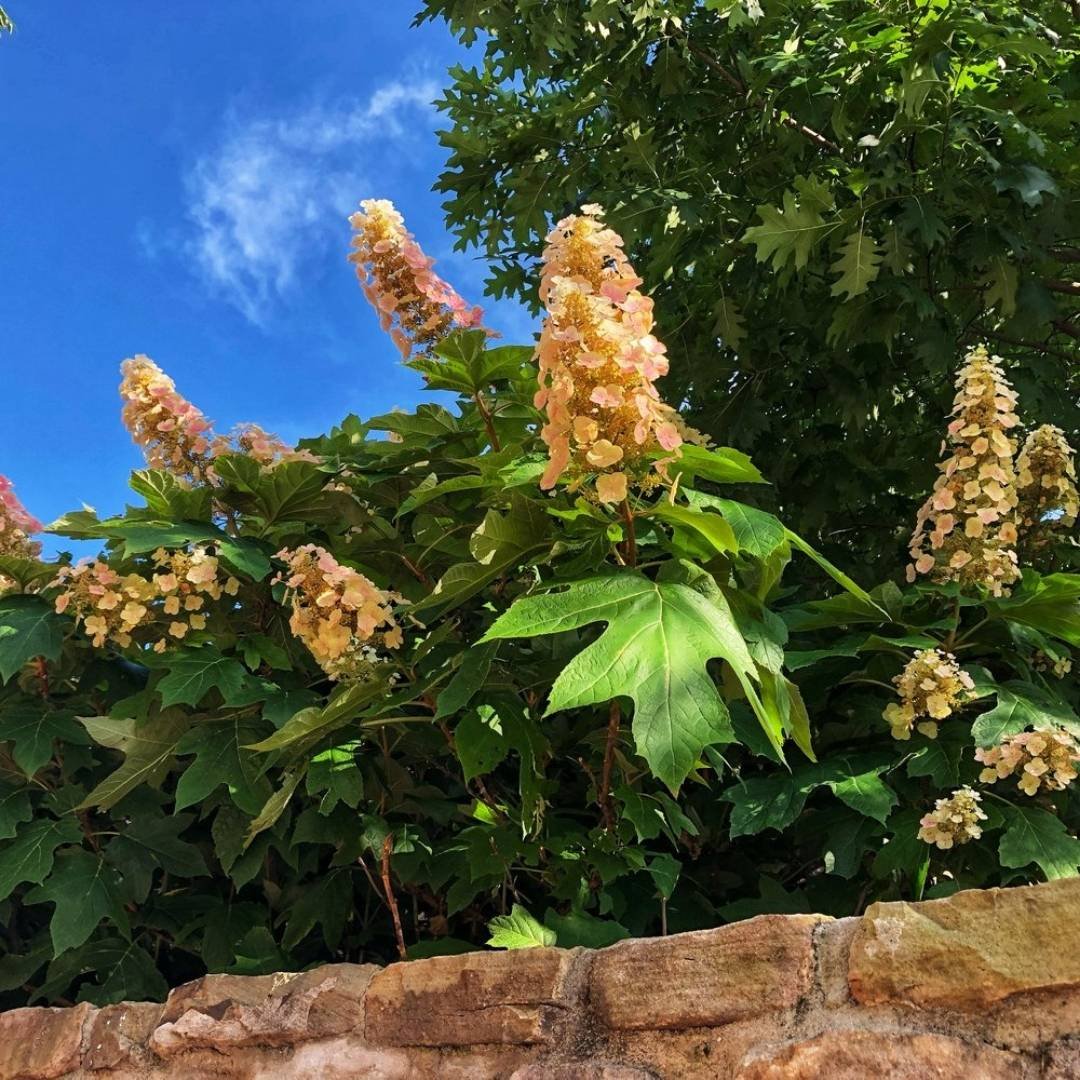



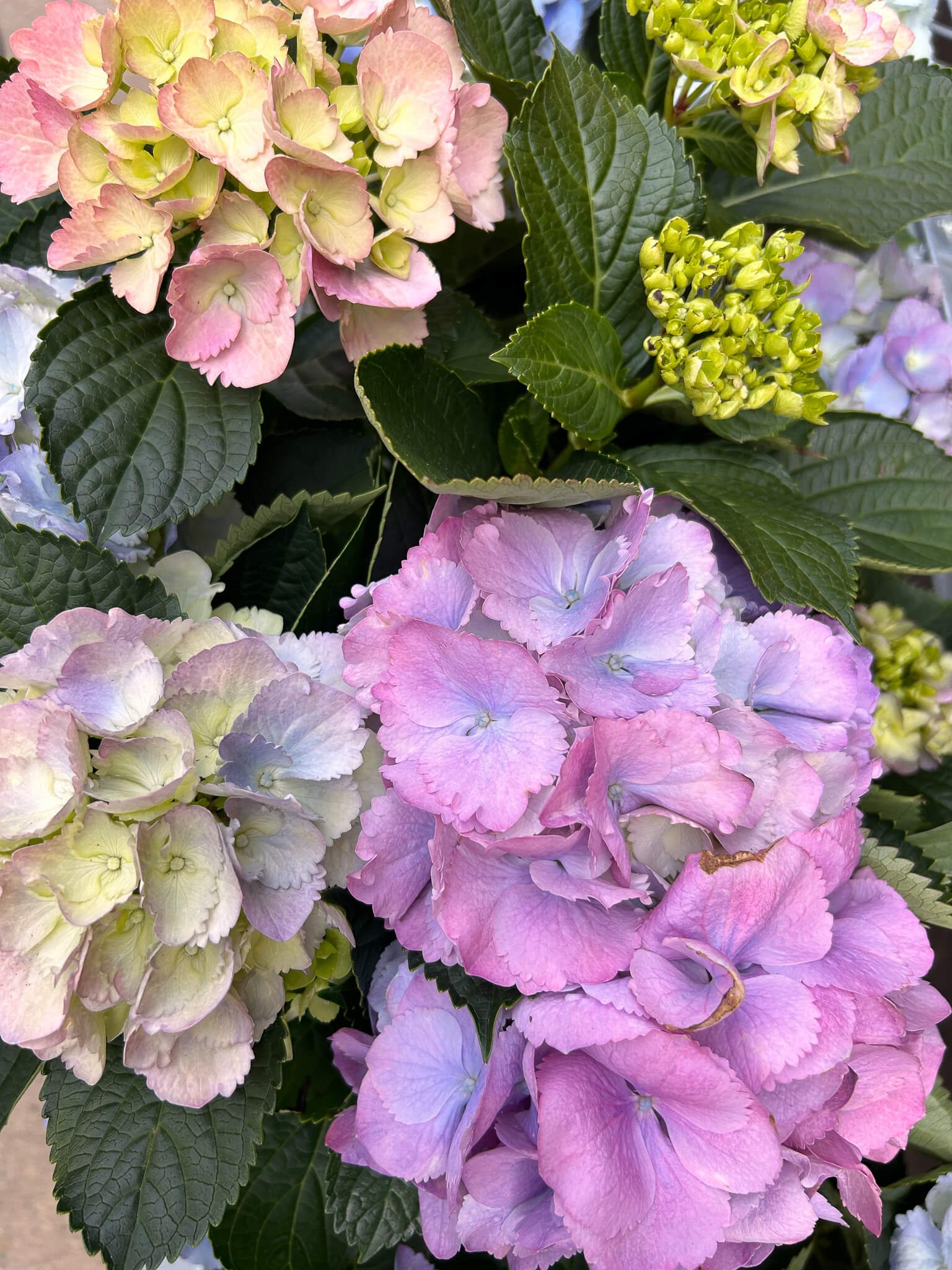




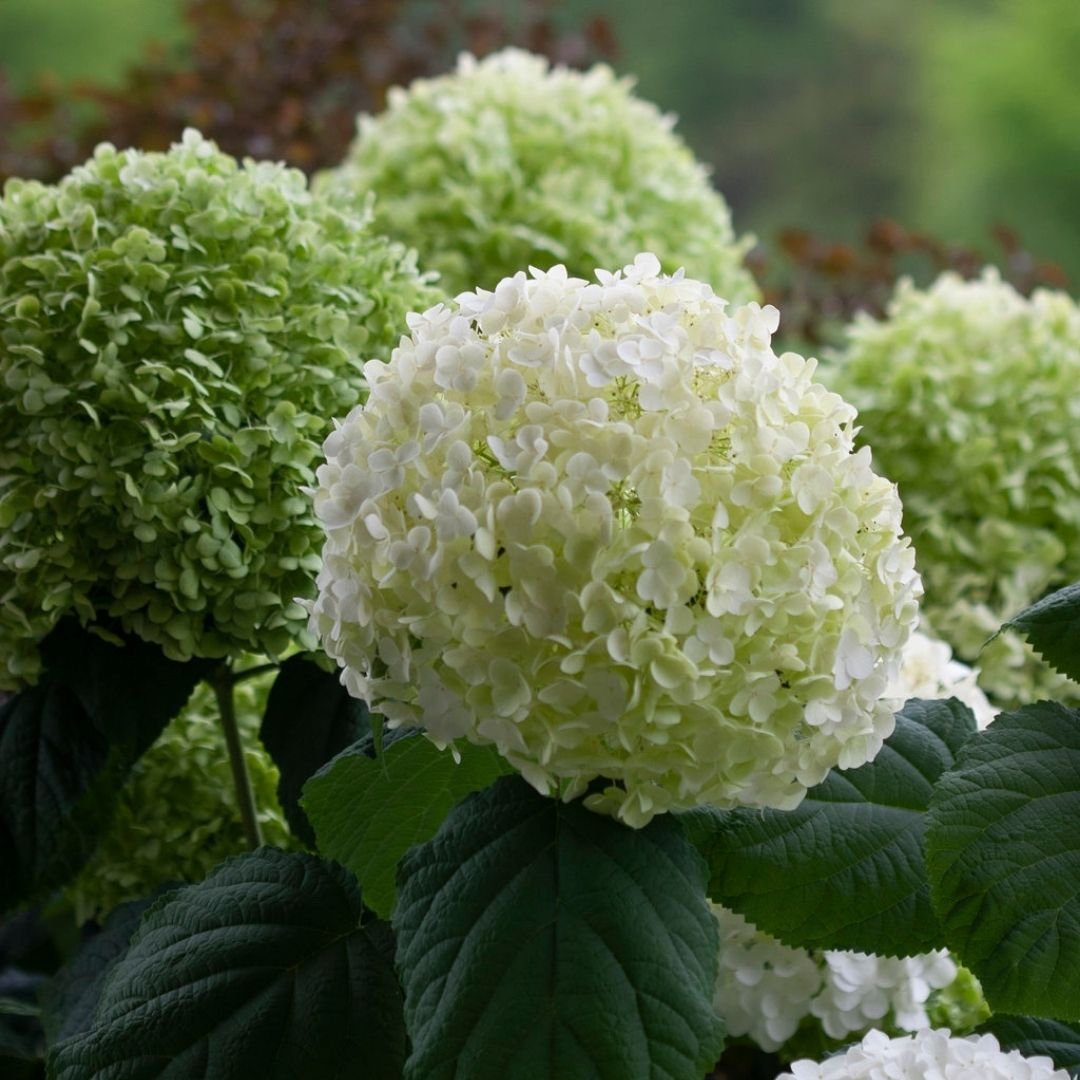





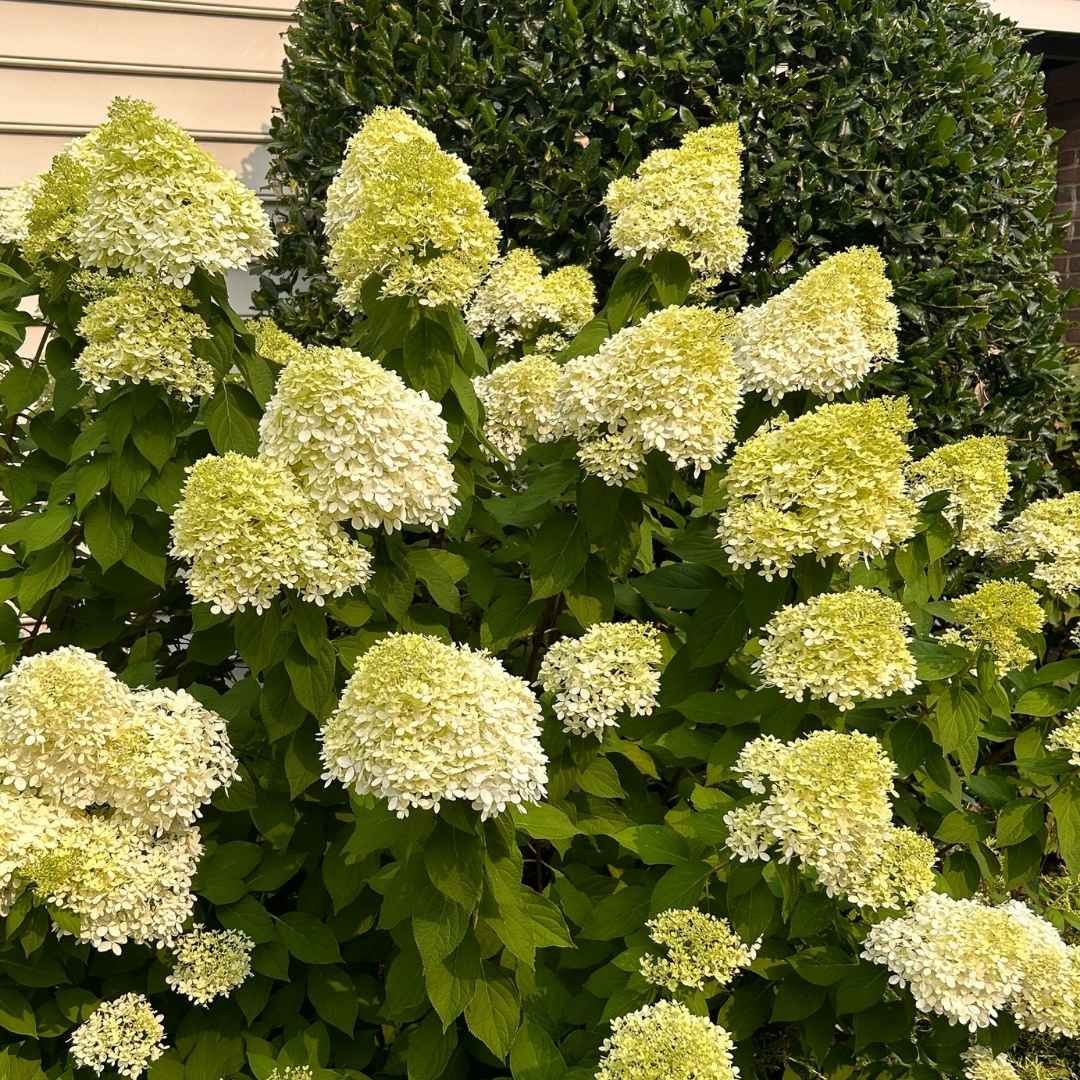






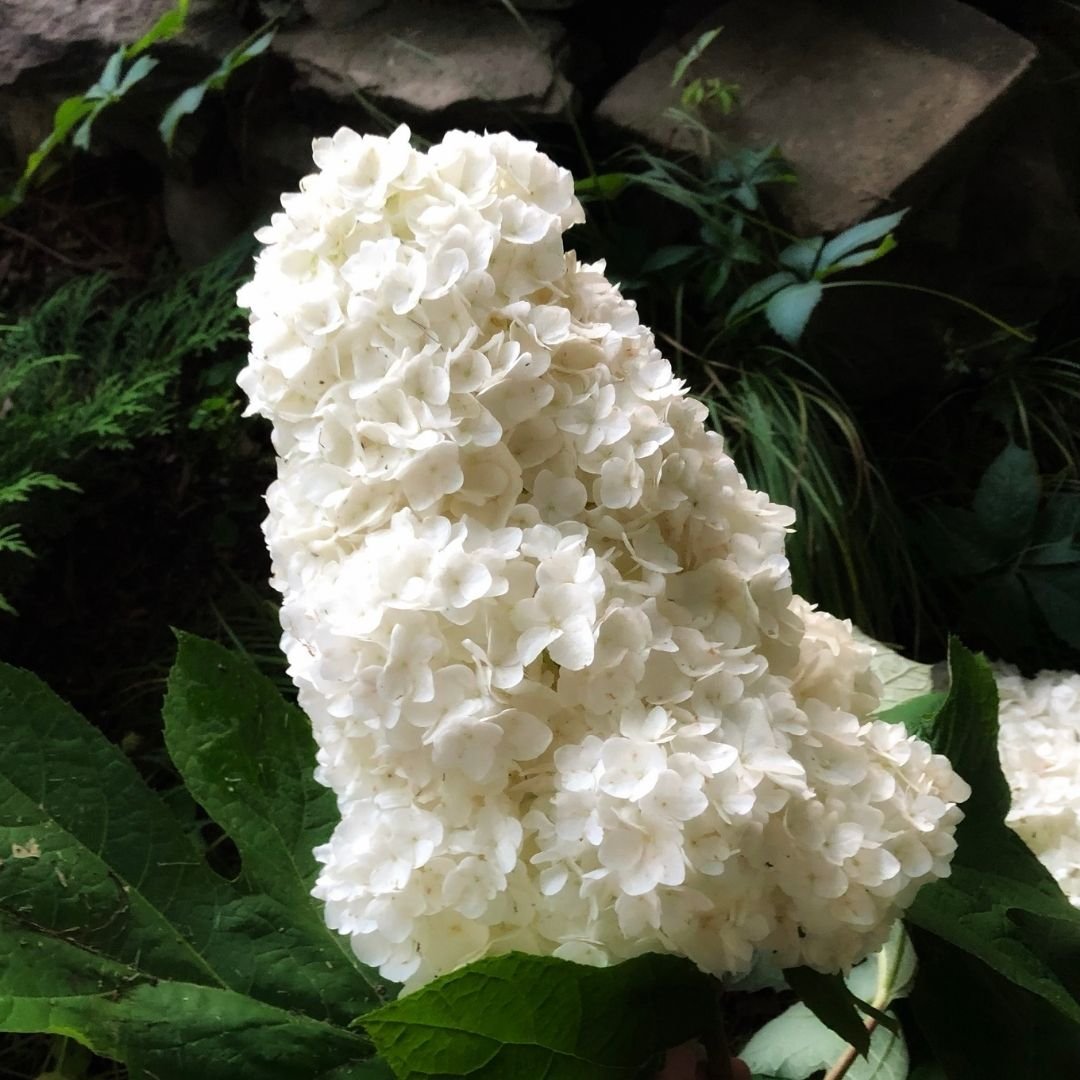
Bring drama to your garden with dark foliage and mophead blooms!